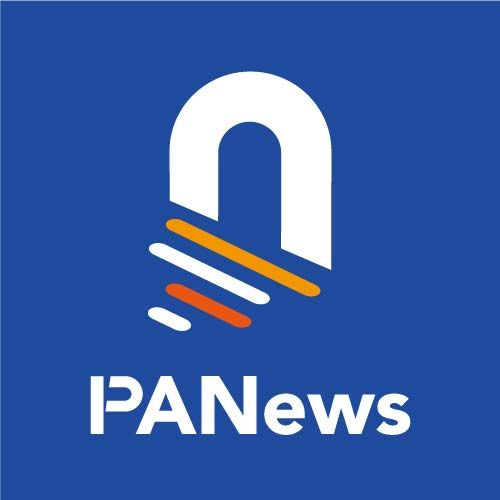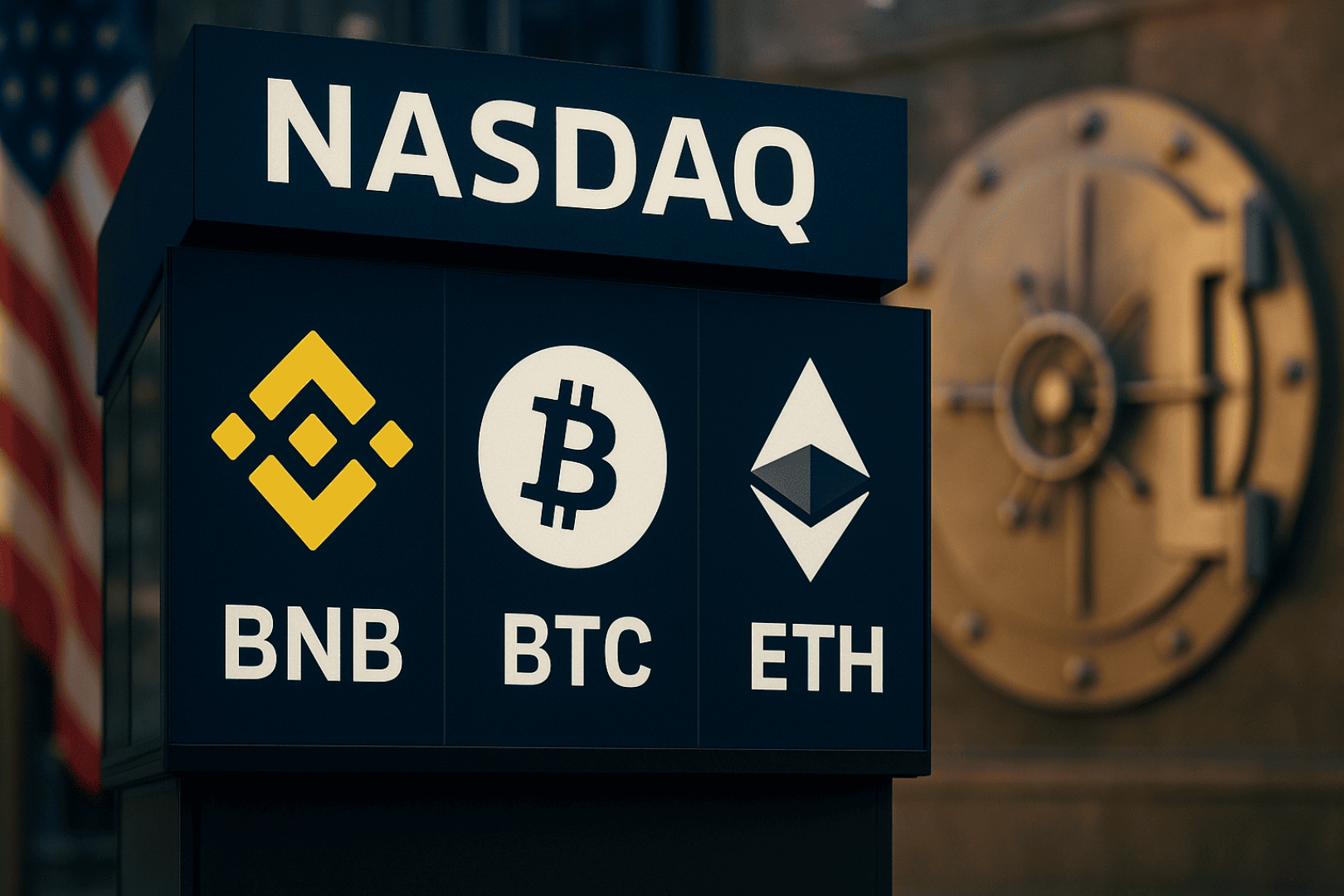Original author: 0xJeff
Original translation: Tim, PANews
In just one quarter, the Web 3 AI field switched directly from a fair launch model (Virtuals) to a medium-sized medium-FDV strategy model (i.e., the attention capital market).
Some Virtuals ecosystem projects and CreatorBid startups perform well initially, but their appeal gradually wanes over time. The rate of this decline is directly proportional to the project size, the early launch time of the team, and the amount of funds raised for product development.
As previously shared, the core challenge facing fair launch teams is a widespread lack of funding before token issuance. Most teams cannot afford the cost of self-funding to guide development. The fair launch model utilizes token transaction fees as the primary revenue source to drive project operations.
This doesn’t solve the cold start problem; in reality, one or two independent developers often launch a project, develop a roadmap, release a demo to generate community enthusiasm, and then issue a token. The token price is hyped up until the bubble bursts and the momentum is lost.
The only viable way is for developers to self-fund the product, gradually recruit a team, and eventually launch a minimum viable product (MVP).
The current market exhibits two notable trends: the declining appeal of the fair launch model coupled with a shortage of high-quality AI products is shifting funding and market attention. This trend is benefiting mid-sized teams with a FDV of $40 million to $80 million that have been diligently polishing their products for one to two years. These teams have optimized their products to a near-scalable maturity stage.
Many people spent months testing the product, conducting interviews, getting feedback, and iterating on improvements.
This trend is exacerbated by the rise of the attention capital market. The ongoing transformation of the InfoFi space is transforming noise into signal through capital commitments. Flooders are demonstrating through their actions that they aren't simply in it for the "airdrop" but rather that they believe in the views they express.
A good team consensus has been formed. Next, we will see clearer data indicators to distinguish who is fleecing and cashing out, and who are the people who truly trust the project and team and support them with real money.
We are now witnessing the intense chemistry between Kaito and Cookie as they debut.
Theoriq vs Almanak
Theoriq project's initial FDV is set at $75 million (a 50% discount to the previous round of venture capital valuation), and the token release rules are: 25% unlocked at TGE + 37.5% unlocked 1 year later + the remaining portion released linearly over the following year.
Almanak's $90 million FDV is 100% unlocked. The top 25 Almanak users can invest $75 million in FDV.
Theoriq’s token terms are quite favorable (a 50% discount from the previous venture capital round), and the project has adjusted the token vesting plan to 100% unlock at the TGE based on community feedback on improving the unlocking conditions of the Token Generation Event.
The FDVs of the two projects are currently $75 million and $75 million or $90 million respectively. The probability of them performing well is high because these are the first projects of Kaito and Cookie (they need to increase the price of the coin to attract more high-quality teams to join).
The products being built by both teams have substantial value to the DeFi field, including scalable infrastructure and various applications, and are committed to attracting more users and funds to the chain.
Which project should I invest in and why?
I'm investing in both projects. I've already invested in the Almanak Legion round and will be investing more in this ACM round.
Almanak is more product-ready and is expected to achieve product-market fit earlier than Theoriq.
Theoriq demonstrates significant strategic ambition. The team is building vertical workflows for specific customers, continuously enhancing AlphaSwarm's functionality, and fully demonstrating the technology's efficiency through its infrastructure layer. Their ultimate goal is to become the preferred service discovery platform (or "app store") for meta-agent scheduling systems, enabling an intelligent matching ecosystem that dynamically allocates the optimal proxy cluster based on user needs.
Almanak will focus on the AI treasury system, which is safe, controllable, auditable, transparent, and verifiable. On the one hand, it is designed for institutional capital needs. On the other hand, through the combination of smart contracts and professional program agents, supplemented by the most convenient interface experience, it enables creators to expand and optimize more treasury strategies.
The key to a project's good performance in the short term really depends on the execution of the GTM (go-to-market strategy) at launch, the management capabilities of market makers, and whether it can effectively absorb the selling pressure in the early stages of listing.
Overall, based on the performance of the project launch, we may witness a new round of positive appreciation trend for KAITO and COOKIE (the value comes from direct percentage airdrop income and the increase in staker allocations).
I'm very excited and look forward to seeing more AI teams launching their new projects on Kaito and Cookie soon.
- 核心观点:Web3 AI 项目模式转向中等 FDV 策略。
- 关键要素:
- 公平启动模式吸引力下降,资金转向中型团队。
- 中型团队产品成熟度高,已打磨 1-2 年。
- 注意力资本市场兴起,筛选优质项目。
- 市场影响:推动优质 AI 项目发展,提升市场信心。
- 时效性标注:中期影响。



